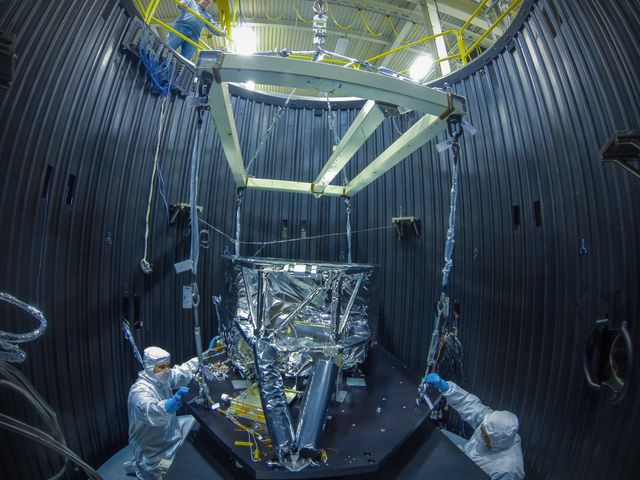Planet-forming discs around young low-mass star differs fundamentally from one around sun-like star
Using the James Webb Space Telescope, an international team of researchers, including Leiden Professor of Molecular Astrophysics Ewine van Dishoeck, has discovered a palette of hydrocarbons in a planet-forming disc around a young, low-mass star. The results confirm that discs around very lightweight young stars are really different from those around sun-like stars. As a result, the atmospheres of planets around these stars are also different. The astronomers publish their findings on 7 June in Science.
Plenty of hydrocarbons, little water
The astronomers found thirteen different hydrocarbons in the planet-forming disc around the star. The largest molecule found is benzene (C6H6), which incidentally was first observed around another very bright young star a year ago. Most unusual is the finding of ethane (C2H6). It is the first time ethane has been detected outside our solar system. ‘Great that we are now seeing all these molecules in the nurseries of planets,’ says first author Aditya Arabhavi, PhD student at the University of Groningen. ‘We had not dared to dream this.’

